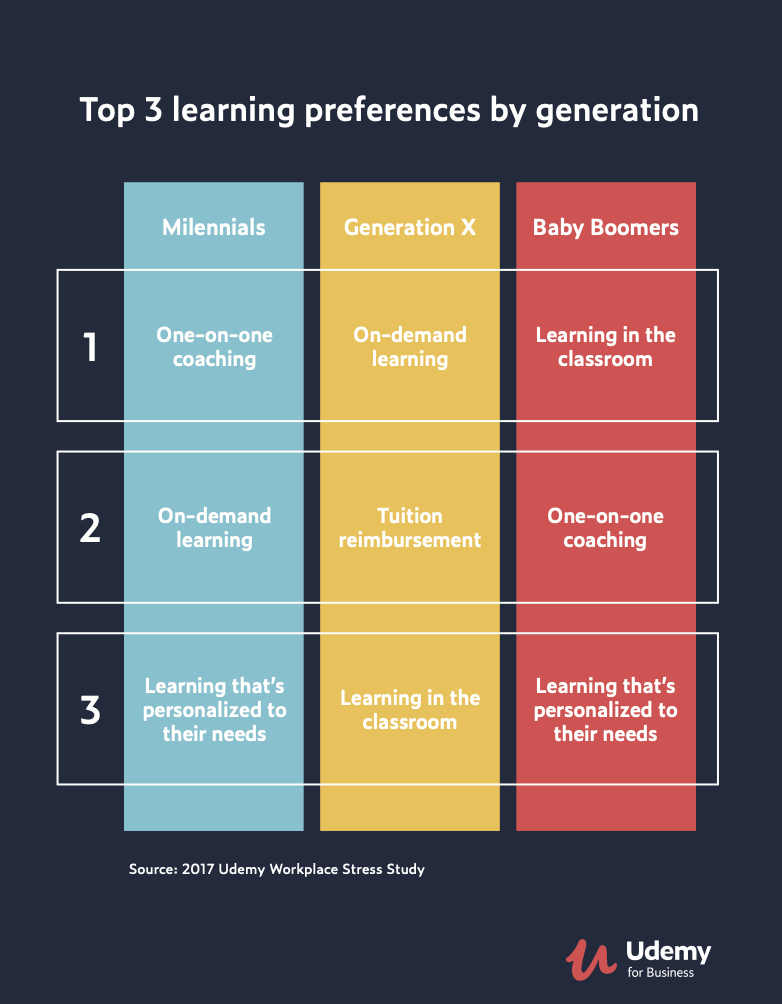Workplace Learning
Some Background
The research into workplace learning seems to be directing us to a model of workplace learning that is personalized, self-directed and integrated into a daily workflow. People do not necessarily stop work to attend a course, workshop or conference. Rather, workplace learning is something people do just in time to meet a specific need they encounter as they are planning their work or completing a task.
In Modern Workplace Learning 2019, Jane Hart surveys learning professionals to find out what they thought the Top Tools for Learning in 2018 are and found that according to workplace learning professionals:

-
- For modern professionals, learning is not something that happens just in education or training but happens in many different ways every day both inside and outside work.
- Modern professionals also learn
- intermittently – through training and other educational events;
- from time to time – as and when needed; and
- continuously – daily or very regularly
- Modern professionals also learn for many different reasons – not just because they have to – to become competent, conformant or compliant in their organisation – but because they want to, for their own personal and professional reasons. Here are some of those reasons mapped onto this diagram that also shows the frequency of learning and where it takes place.

Whilst organisationally, most initiatives are about designing and managing content and courses for intermittent training, for modern professionals, learning is a personal, continuous process – and at work it mainly takes place in the workflow – as they do their daily job.
from How and why modern professionals learn by Jane Hart
Jane Hart has been conducting the Learning in the Workplace survey for seven years.
The survey asks people “to rate the importance (i.e. value and usefulness) of 12 different ways of learning for and at work.”
The results in 2018 (once again) show that for modern professionals the least valued ways to learn at and for work are the traditional workplace learning activities – classroom training and e-learning – whilst the most valued ways to learn for work are the experiences and activities that happen as part of daily work, through interaction with people as well as the use of informal web content.
In fact the significant features of the most valued ways of learning in the workplace, are that they:
-
-
- provide a personal experience – in that they are selected by the individual concerned in terms of what, how and when he/she needs – rather than being a one-size-fits-all experience, designed by someone else (usually L&D).
- are self-organised and self-managed– individuals make their own decisions about how to address their learning and performance problems in order to self-improve and self-develop.
- are an integral part of the daily work
-
from How modern professionals prefer to learn
5 Workplace Learning Trends and 5 Predictions for 2018 from the 2018 Learning Index Report by Udemy for Business, states that learning trends for 2018 are:
-
- The power of algorithms predicts what people want to learn next. In today’s constantly evolving world, careers don’t follow predictable paths and new types of jobs arise every year. Employees come to organizations with different skill-sets and skill gaps. Powerful new algorithms can help individual employees navigate their own personal learning journeys.
- Mobile gets bigger as employees want to learn anywhere, anytime. 75% of smartphones users globally watch online videos on their phones.
- Four generations in the workplace requires a multidimensional approach to learning.

